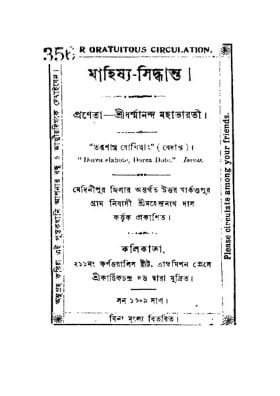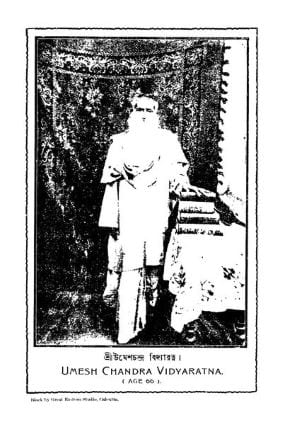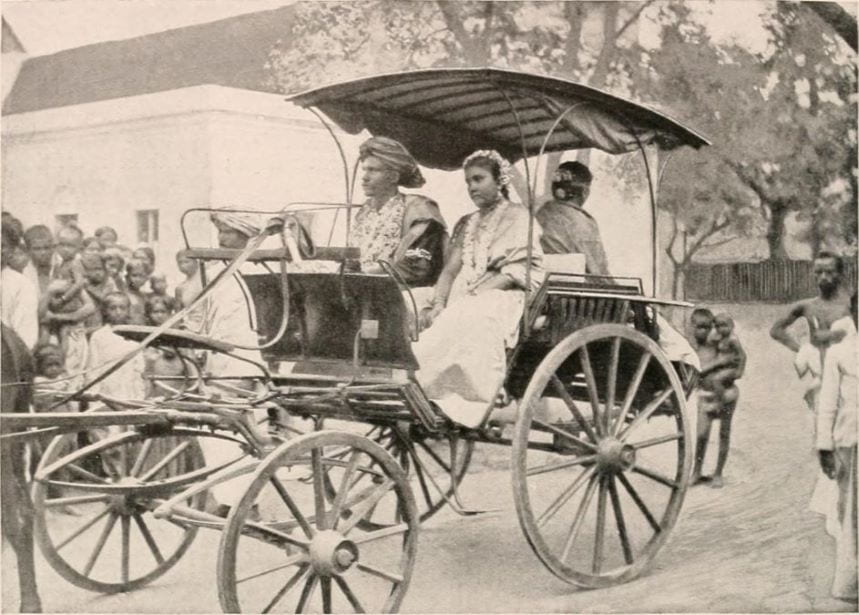By Shuvatri Dasgupta
The association of the category of “global” with an intellectual history of caste is still quite an anomaly. However, recent works like Isabel Wilkerson’s widely acclaimed book Caste: The Origin of our Discontent, establish the globality of caste by associating its histories of oppression in India with the histories of racial exclusion in America. Recently, Dr. Suraj Yengde and Dr. Cornel West have collaborated to create a transnational language of resistance against the violence and atrocities understood as racism and casteism in the present day. Anupama Rao in her review of Wilkerson’s work, applauds the author’s innovative approach, but at the same time cautions us against establishing theoretical equivalence between the history of race and caste, although their manifestations of violence and exclusion might be identical. Rao in her earlier work read lower caste resistances as models for emancipatory self-fashioning, in turn arguing that these political acts remain a crucial part of the many histories of democracy in South Asia.
Whilst these works provide very productive ways for engaging with caste, I argue that a global intellectual history methodology provides an even wider set of possibilities for writing a conceptual history of caste. In this essay I will address two central questions: First, how can a history of caste benefit from the methodologies of global intellectual history? Second, how can this global concept history of caste contribute to shaping the methodological debates on global intellectual history?
Taking a cue from Sumit Guha’s work, which points out the lack of a vernacular equivalent of the English word ‘caste’ (derived from the Portuguese phrase ‘casta’), I pursue this very productive untranslatability by looking into the depths of vernacular archives from colonial India. The usage of the word caste remained very limited in vernacular discourses, and the vernacular conceptual categories which were used instead of caste could not be translated without significant conceptual slippages. The two Sanskrit words which came to be used synonymously with caste are ‘jati’ and ‘varna’. Although, the term ‘jati’ literally meant communities,in the context of caste it signified a hierarchical pattern of social organisation where groups of people were segregated on the basis of profession. However, its usages were not limited to the caste context, and it constituted the languages of nationhood and communalism in the twentieth century, during India’s anti-colonial resistance. Similarly the word ‘varna,’ although literally translated as colour, signified the sacred Hindu four-tier pattern of social organisation when used in the context of caste. Apart from jati and varna, there were also other Sanskritic words like dwija, kulin, kul, and gotra, none of which could be translated directly into caste, but they constituted its vernacular vocabularies. This lack of a single vernacular equivalent for caste illustrates the multiple realms in which caste functioned and shaped diverse life worlds in colonial India.

c.1825 (Image from Wellcome Images,
Wellcome Trust, UK).
On one hand, caste and the jati-varna dyad were mainly used to address the administrative and electoral lives of the category. On the other hand, other untranslatable vernacular categories underscored the myriad ways in which the hegemony of caste extended beyond the sphere of governance and politics. Through these vernacular registers, caste became a part of debates on marriage and gender roles, on aesthetics and literature, on class, race, and ancestry, on selfhood, and on political theology. By studying these diverse themes and contexts in which the vernacular lives of caste were debated, I contend that caste did not require translatability into vernacular registers, and it is this untranslatability which consolidated the hegemony of caste more fully by encompassing diverse realms of existence.
Therefore, I argue for a pluralistic understanding of caste which will not reduce it to either to a colonial construct, or approach it only through the lens of electoral politics and power. It is an attempt to bring these approaches together and see how the ethical, moral, and spiritual meanings of caste inform its life as an identity category and vice versa. These alternative registers and genealogies of caste have not been addressed by historians. Histories of caste do not focus on questions of language or definition, but look at the ways in which the electoral and identity politics of caste become crucial in shaping the democratic futures of India. It is for addressing this vacuum that a global intellectual history methodology proves to be extremely useful. By providing a methodological framework for tracing the history of ideas in transtemporal, transnational, and transcultural contexts, global intellectual history enables me to navigate several spatialities and temporalities with ease. It establishes not only the potency of ideas in shaping life worlds, but it also allows me to deconstruct structuralist understandings of caste, and trace its multiple meanings by acknowledging the constantly evolving relationship between the signifier and signified.
Global intellectual history was formalised as a methodological tool for addressing the limitations of area studies, and nation centric histories, at Columbia university in 2013. The organisers stated quite clearly that this methodological consolidation was not a claim to uniformity or novelty, but an attempt to provide an umbrella for addressing already existing questions in the works of historians who focus on intellectual history of the non-Anglophone world. In response to this, several historians of South Asia, Latin America, and Africa, have expressed their suspicion of the term ‘global’, reading it as yet another instance of epistemic violence unleashed by the Western academy on the rest of the world. These historians recollect the colonial burden of establishing the historicity of non-European life worlds, and they suspect that global history would not be able to acknowledge the already existing power asymmetries in the practice of history writing. I argue, however, that the category of ‘global’ provides certain essential tools for addressing these power asymmetries in history writing. On that note, let us now see how a concept history of caste contributes to critiques of Eurocentrism in the methodologies of global intellectual history.
In an untitled Bengali caste pamphlet from 1879, the author Gopalchandra Sengupta Kabirajen criticises the caste reforms initiated by upper caste groups in Bengal before the upcoming census of 1881. Whilst addressing the growing competition amongst these groups, the author produces a powerful critique of colonialism. He alleges that the British administrators and census officials fail to comprehend the religio-ethical implications of jati. He engages in scriptural exegesis to illustrate that the structures of jati have never been competitive, exploitative, or hierarchical. Each caste group by practicing their designated profession as ‘desireless and selfless action’ (nishkama karma) can attain salvation (moksha-labh). He further contends that Indian elites who are participating in this race organised by the British are gradually losing their ‘self-rule’ (atmasashan). Through this powerful critique of colonial power, he urges his readers to reclaim their autonomy.
On one hand, vernacular tracts like these provide a lens for understanding the politics of upper caste groups in colonial Bengal in response to the British government’s attempt to list caste groups by social precedence. On the other hand, I argue that these vernacular archives of caste have tremendous potential for abstractions which are universal and generate ideas and arguments that transcend frontiers of temporality and spatiality. In this way, I seek to rethink the vernacular archive as a discursive space which can conceptually be local and global at the same time, as seen in the works of Milinda Banerjee, Ramnarayan Rawat, Carola Erika Lorea, and others. These histories have illustrated the vibrancy of vernacular archives and life worlds of South Asia, indicating that global does not remain a spatial category.

The vernacular archives, through their abstractions, help the historian in rethinking the question of multi-scalarity within the local and global binary. As a result, these archives transform the category of ‘global’ into a way of thinking beyond contextual specificities of a historian’s archive and transcending spatio-temporal limitations. By illustrating the intrinsic conceptual globality of vernacular archives, an intellectual history of caste provides the tools to dismantle the Eurocentrism often rightly associated with global intellectual history. My work on the intellectual history of caste liberates (global) intellectual history from focussing on great men, neither does it rely on the vocabularies of European political thought, in its search for ‘truncated universalisms’. Much like Andrew Sartori’s work on ‘vernacular liberalism’ which focusses on Bengali Muslim peasants as thinkers, I seek to render each and every one of my subjects as thinkers, in turn deconstructing existing elite canons of Indian intellectual history.

To a great extent, Milinda Banerjee’s works on Rajvamsi thinkers like Panchanan Barma, and Indian decolonial and legal thinkers like Radha Binod Pal, bring to the forefront non-canonical intellectual traditions, texts, and figures. His novel endeavour to look at women like Swarnakumari Devi as thinkers of sovereignty, challenge the implicit patriarchy in the politics of canonisation in intellectual history. In a similar way a global concept history of caste can ‘incorporate actors and archives from the margins of history as agents of historical change’. In these conceptual histories, the global does remain an external category of analysis, but is intrinsic in the potential for abstraction present in the archives itself. By exploring this potential, I indicate a way in which dense micro histories can be interbraided with larger conceptual arguments and themes, allowing the history to be rooted in a spatio-temporality, and yet transcend it at the same time.
Why is it important to transcend spatio-temporalities in history writing, and especially in the intellectual history of a concept like caste with its baggage of oppression and violence? In a world torn apart by a pandemic which has strengthened hierarchies of caste, class,race, and gender, the very idea of what constitutes the ‘human’ state of being has now come under question. Gayatri Spivak has discussed how the virus has reduced Rohingya refugees to a ‘sub-human’ condition. Ranabir Samaddar’s edited volume and Samita Sen’s recent essay has addressed the Indian migrant labour crisis which emerged earlier this year, illustrating how Covid-19 has robbed lives of labourers of basic humanity. George Floyd’s resounding plea of ‘I can’t breathe’ has brought to light yet again how power threatens to rob black bodies of human rights. As various frontiers of different communities (of nation, race, ethnicity, gender, sexuality, class, and caste) continue to shrink as a result of widening differences, the anguish and despair of a large section of humanity remains unchanged, misunderstood, and mistranslated. In these circumstances, it becomes imperative for us as historians of ideas to communicate human suffering across the boundaries of a ruptured and alienated political sphere of existence. For me, this is the purpose of redefining the global through a global concept history of caste. Global can embody a very powerful politics of empathy, solidarity, and understanding, paving the way for the formation of larger fraternities and alliances. This in turn enables us to translate suffering of all forms across frontiers of all kinds. Therefore, global history gives me hope, and allows me to dream of a new political where, much like the words of the global poet Rabindranath Tagore, the mind will be no longer be afraid, the head will be held high, and our worlds will no longer be fragmented by narrow walls.
Shuvatri Dasgupta is a doctoral candidate at the Faculty of History, University of Cambridge. Originally from Calcutta, India, she completed her undergraduate and postgraduate in History from Presidency University, Kolkata in 2017. In 2015-16, she was an exchange student and Charpak Fellow in Sciences Po. Paris, where she completed a certificate course in European Affairs. Her doctoral research is located at the intersections of Indian intellectual history, social history, and imperial and global history, and is inspired by political theory, especially works which focus on questions of race, class and gender.
Featured Image: Lower caste couple in South India, on their wedding day, adorned by jasmine garlands. c. 1908. Courtesy of Wikimedia Commons.




2 Pingbacks